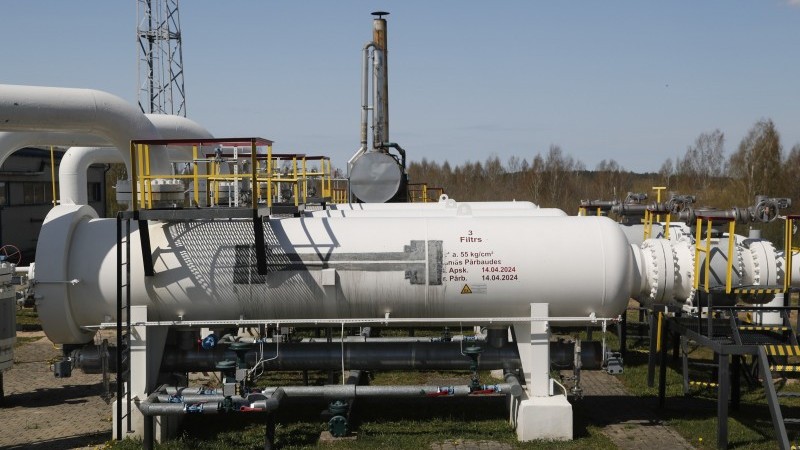European natural gas prices jumped yesterday, with TTF front-month futures closing more than 4.8% higher on the day, reaching their highest level this year. The rise came after reports that Ukrainian troops launched an attack on the Kursk region of Russia, leading to the declaration of a state of emergency. There are also some unconfirmed reports that Ukrainian troops have captured the Sudzha access point, the only current access point for Russian pipeline gas into Ukraine that ultimately ends up in the EU. About 42 million cubic meters of gas per day enters through this access point. If these reports prove true, it increases the risk that there will be a more sudden halt to Russian pipeline flows across Ukraine. So far, however, there appears to have been no disruption. The market is already bracing for an end to these flows at the end of the year when Gazprom’s transit contract with Ukraine expires, but the possibility of losing this supply even sooner would be a shock to the system.
This latest development will provide speculators with another excuse to increase their net long positions in TTF. The latest positioning data shows that investment funds increased their net long positions by a remarkable 60.5 TWh to 192 TWh in the last reporting week – the highest level since September 2021.
Oil prices also rose yesterday, with ICE Brent closing 2.42% higher the day before after U.S. crude inventories fell by 3.73 million barrels – more than the market expected. It is also the sixth consecutive week of falling crude inventories, bringing total crude inventories to their lowest level since February. Product numbers were less supportive, however, with gasoline and distillate inventories rising by 1.34 million barrels and 949,000 barrels, respectively. Implied gasoline demand was also weaker, falling by 283,000 barrels/day to below 9 million barrels/day.
The latest trade data from China was relatively pessimistic. Chinese crude oil imports averaged 10.01 mb/d in July, down 3.1% year-on-year and 11.8% month-on-month, bringing cumulative imports for the first seven months of the year down 2.4% year-on-year. Weaker Chinese oil demand was a major reason for the weakness in oil prices throughout much of July.

